Related Research Articles

Antonio Allegri da Correggio, usually known as just Correggio was an Italian Renaissance painter who was the foremost painter of the Parma school of the High Renaissance, who was responsible for some of the most vigorous and sensuous works of the sixteenth century. In his use of dynamic composition, illusionistic perspective and dramatic foreshortening, Correggio prefigured the Baroque art of the seventeenth century and the Rococo art of the eighteenth century. He is considered a master of chiaroscuro.

The art of Europe, also known as Western art, encompasses the history of visual art in Europe. European prehistoric art started as mobile Upper Paleolithic rock and cave painting and petroglyph art and was characteristic of the period between the Paleolithic and the Iron Age. Written histories of European art often begin with the Aegean civilizations, dating from the 3rd millennium BC. However a consistent pattern of artistic development within Europe becomes clear only with Ancient Greek art, which was adopted and transformed by Rome and carried; with the Roman Empire, across much of Europe, North Africa and Western Asia.

Il Sodoma was the name given to the Italian Renaissance painter Giovanni Antonio Bazzi. Il Sodoma painted in a manner that superimposed the High Renaissance style of early 16th-century Rome onto the traditions of the provincial Sienese school; he spent the bulk of his professional life in Siena, with two periods in Rome.

Since ancient times, Greeks, Etruscans and Celts have inhabited the south, centre and north of the Italian peninsula respectively. The very numerous rock drawings in Valcamonica are as old as 8,000 BC, and there are rich remains of Etruscan art from thousands of tombs, as well as rich remains from the Greek colonies at Paestum, Agrigento and elsewhere. Ancient Rome finally emerged as the dominant Italian and European power. The Roman remains in Italy are of extraordinary richness, from the grand Imperial monuments of Rome itself to the survival of exceptionally preserved ordinary buildings in Pompeii and neighbouring sites. Following the fall of the Roman Empire, in the Middle Ages Italy remained an important centre, not only of the Carolingian art, Ottonian art of the Holy Roman Emperors, Norman art, but for the Byzantine art of Ravenna and other sites.
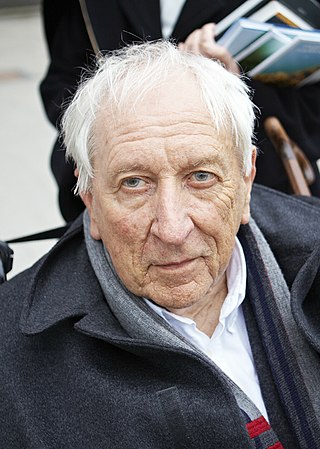
Tomas Gösta Tranströmer was a Swedish poet, psychologist and translator. His poems captured the long Swedish winters, the rhythm of the seasons and the palpable, atmospheric beauty of nature. Tranströmer's work is also characterized by a sense of mystery and wonder underlying the routine of everyday life, a quality which often gives his poems a religious dimension. He has been described as a Christian poet.

Joaquín Torres-García was a prominent Uruguayan-Spanish artist, theorist, and author, renowned for his international impact in the modern art world. Born in Montevideo, Uruguay, his family moved to Catalonia, Spain, where his artistic journey began. His career spanned several countries including Spain, New York, Italy, France, and Uruguay. A founder of art schools and groups, he notably established the first European abstract-art group, Cercle et Carré, in Paris in 1929 which included Piet Mondrian and Kandinsky. Torres-García's legacy is deeply rooted in his development of Modern Classicism and Universal Constructivism.
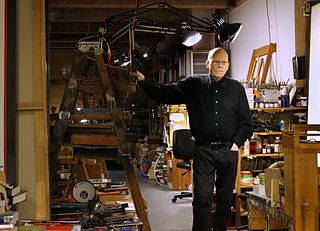
Paul Laffoley was an American visionary artist and architect from Boston, Massachusetts.
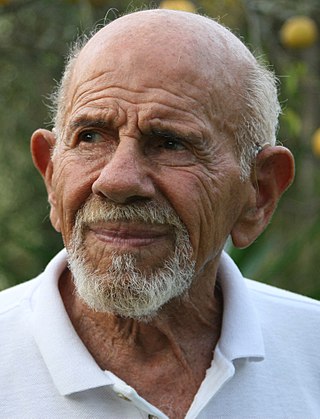
Jacque Fresco was an American futurist and self-described social engineer. Self-taught, he worked in a variety of positions related to industrial design.
Charlene Spretnak is an American author who has written nine books on cultural history, social criticism, religion and spirituality, and art.

Andrea Pozzo was an Italian Jesuit brother, Baroque painter, architect, decorator, stage designer, and art theoretician.

The School of Athens is a fresco by the Italian Renaissance artist Raphael. It was painted between 1509 and 1511 as part of a commission by Pope Julius II to decorate the rooms now called the Stanze di Raffaello in the Apostolic Palace in Vatican City.

Gert Wingårdh is a Swedish architect whose company, Wingårdh arkitektkontor, maintains an international practice.
Roger Arthur Graef OBE was an American-born British documentary filmmaker and theatre director. Born in New York City, he moved to Britain in 1962, where he began a career producing documentary films investigating previously closed institutions, including Government ministries and court buildings.

Italian Renaissance painting is the painting of the period beginning in the late 13th century and flourishing from the early 15th to late 16th centuries, occurring in the Italian Peninsula, which was at that time divided into many political states, some independent but others controlled by external powers. The painters of Renaissance Italy, although often attached to particular courts and with loyalties to particular towns, nonetheless wandered the length and breadth of Italy, often occupying a diplomatic status and disseminating artistic and philosophical ideas.
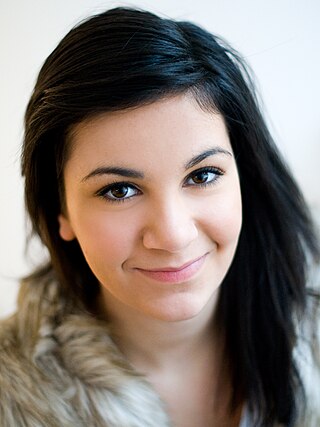
Lina Leandersson is a Swedish-Iranian actress. She is best known for playing the lead role of Eli in the 2008 Swedish romantic vampire film Let the Right One In, based on the novel by the same name.
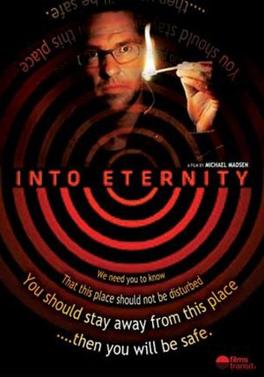
Into Eternity is a 2010 Danish documentary film directed by Michael Madsen, released in 2010. It follows the construction of the Onkalo waste repository at the Olkiluoto Nuclear Power Plant on the island of Olkiluoto, Finland. Director Michael Madsen questions Onkalo's intended eternal existence, addressing an audience in the remote future.
Zeitgeist is a series of three documentary films released between 2007 and 2011 that present a number of conspiracy theories, as well as proposals for broad social and economic changes. The films, Zeitgeist: The Movie (2007), Zeitgeist: Addendum (2008) and Zeitgeist: Moving Forward (2011) are all directed by Peter Joseph.

Francesco Podesti was an Italian painter, active in a Romantic style. Together with Francesco Hayez and Giuseppe Bezzuoli, he is considered one of the greatest Italian painters of the first half of the 19th century. He was prolific in his large canvases on historical subjects. He is best known for his fresco work, including those in the Hall of the Immacolata in the Vatican Museum.

The 50 Year Argument is a documentary film by Martin Scorsese and co-directed by David Tedeschi about the history and influence of the New York Review of Books, which marked its 50th anniversary in 2013. The documentary premiered in June 2014 at the Sheffield Doc/Fest and was soon screened in Oslo and Jerusalem before airing on the British Arena television series in July. It was also screened at the Telluride Film Festival and the Toronto International Film Festival and was seen at the New York Film Festival, in September, and at other film festivals. It first aired on HBO in September 2014 and was given other national broadcasts. It had a limited theatrical release in Toronto in 2015.
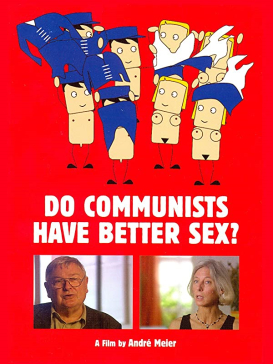
Do Communists Have Better Sex? is a 2006 German documentary film directed by André Meier. It compares the sexuality manifested by Germans during the period being divided into a Western and an Eastern part. The hypothesis manifested by scholars, interviews and footage is that sex was more free and women had more sexual pleasure in East Germany. The film discusses the possible reasons, considering the differences between the ideology and practical politics of a capitalist and a self-proclaimed communist regime.
References
- ↑ Tomas Lisinski (March 29, 2007). "Modernismens Våghalsar". Dagens Nyheter .
- ↑ Michael R. Mosher (May 1, 2008). "Great Expectations: A Journey Through the History of Visionary Architecture". Leonardo .